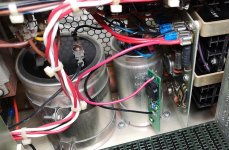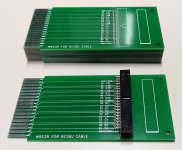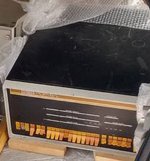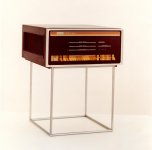I wrote a paper comparing all of the 8 CPU's a while back. The note says 2010 but I started working on it in the 90's. I'll attach it here. Let me know if you see any mistakes.
Hello Doug. Thanks, that is a very nice overview.
Well done Roland, you got it going so fast! There are special set of maindecs specified for testing the 8/I and 8/L CPU, use them!
http://www.bitsavers.org/pdf/dec/pdp8/pdp8l/DEC-8L-HR1B-D_8LmaintVol1.pdf se section 5.2 page 68 in the PDF.
Otherwise, try CHECKMO - a chess program. You can let it play against itself and will keep itself busy for a very long time.
Thanks, I found this
paper tape list at the site of Philipp Hachtmann.
It seems many of them are mentioned in the list you mentioned.
In the meanwhile I found out why that little program failed to test the ISZ instructions. It was using a part of
the memory which was corrupted again. The cause was a broken transistor on a G228. But while swapping
the G228 modules I found that another module failed as well... And guess what, a defective 7440 which I
had replaced two times before!
But the only 7440 from my stock which were failing were the TI chips with date code 7748. Here you can see two
chips breaking down on my oscilloscope. This is measured at the output of the 7440 and pin 1 of the transformer.
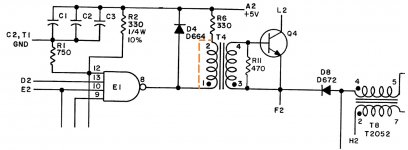
These two measurements are from a chip which still worked. But you can see that the output can't reach 5V.
And that is weird because the chip has a pull up of 330 Ohm trough the transformer.
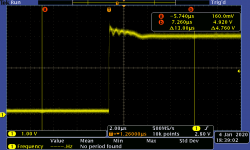
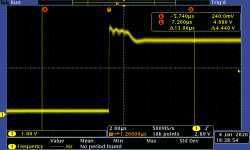
The second chip is even worse and the circuit was not working any more. But you can still see the outputs being toggled.
The 2nd output of the chip reaches about 3.5V. Even with the 330 Ohm pull up resistor it can't reach the 5V.
To trigger the pulse trough the transformer the output needs to go low. But this constant current makes the transformer
go into magnetic saturation. And the output pulse will be too small to make the transistor Q4 conducting.
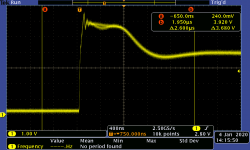
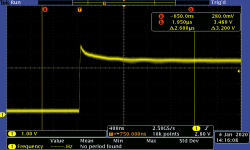
I was wondering if the chips could go bad by the induction of the coil. When switching a coil off the coil want to maintain
its current. That is why diode D4 is placed in the circuit. (This is the same reason why a DC relay coil deeds a diode)
To demonstrate this I have shorted the primary coil of T4 (pin 1 and 2). Now you have a nice (almost) flat pulse on the output of the 7440.

Here you see the -switch off- pulse on the 7400 then the transformer is not shorted any more.
You can see the output spiking above 6V. For about 3 micro seconds you can see the transformer ringing
and giving back all the energy which was put in it while the 7440 output was low.
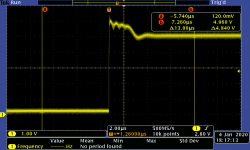
When the diode is replaced by a 1N4149 it spikes even further and you can see a lot of higher harmonics.
I didn't like this behaviour. I'm not sure if this was killing the TI 7440 chips. two other G228 had also
replaced diodes and did not go bad.
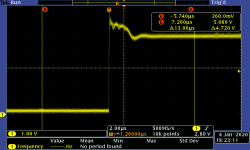
So the final solution. I used BAT85 schottky diodes as replacement on the G228 ONLY for the diodes D1, D2, D3 and D4.
The result is a much more friendly pulse on the output of the 7440 chips.
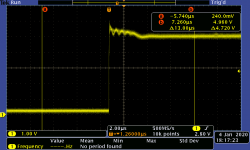
The machine now passes all the toggle in tests. So now it is time to do things with a RIM/BIN loader
and throw some maindecs to it.
Regards, Roland











